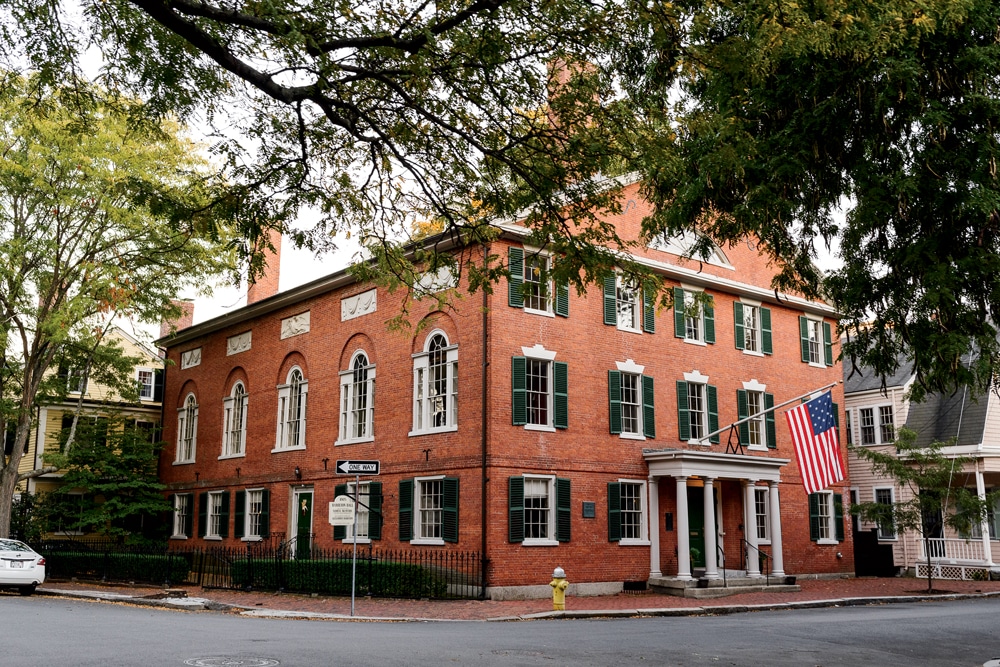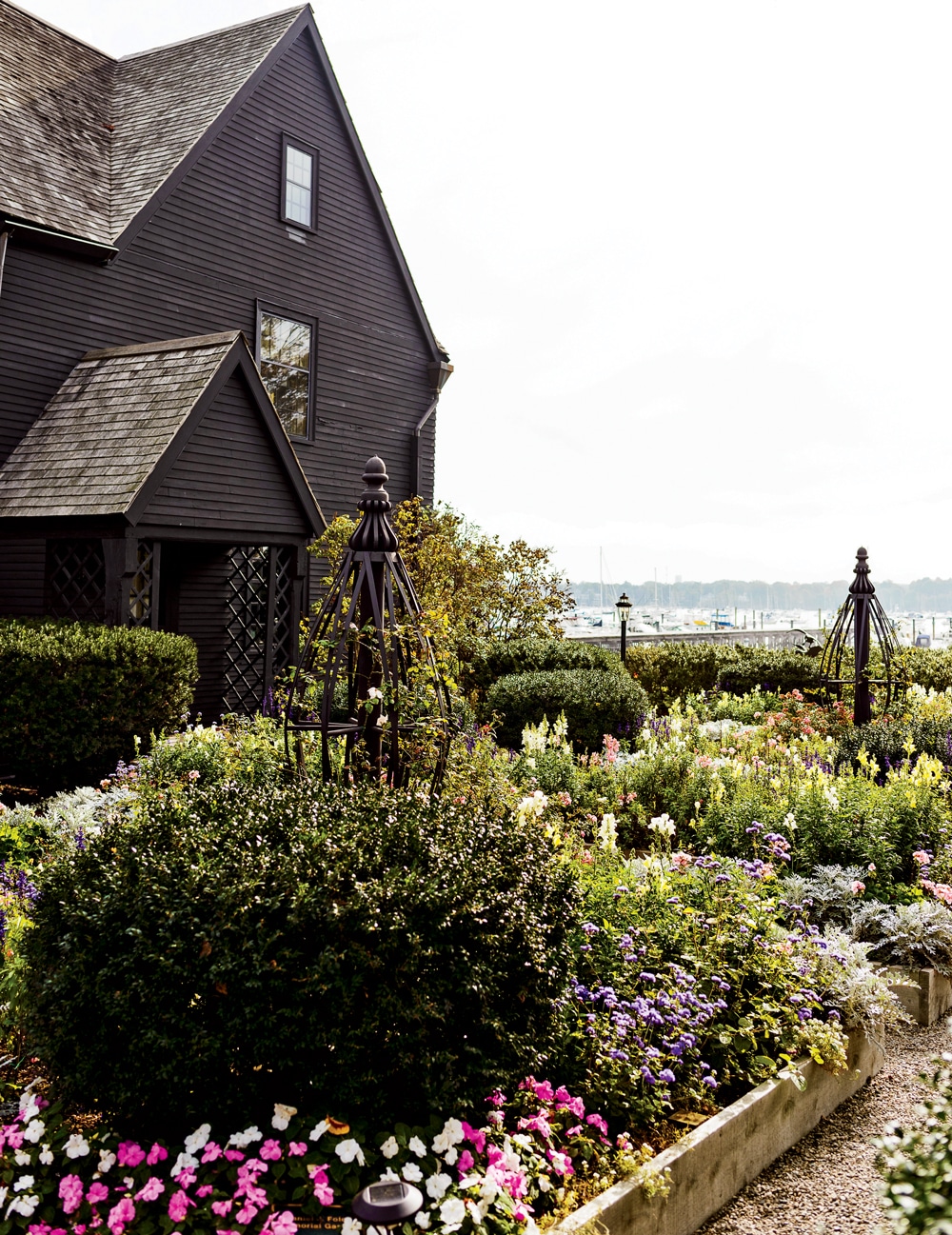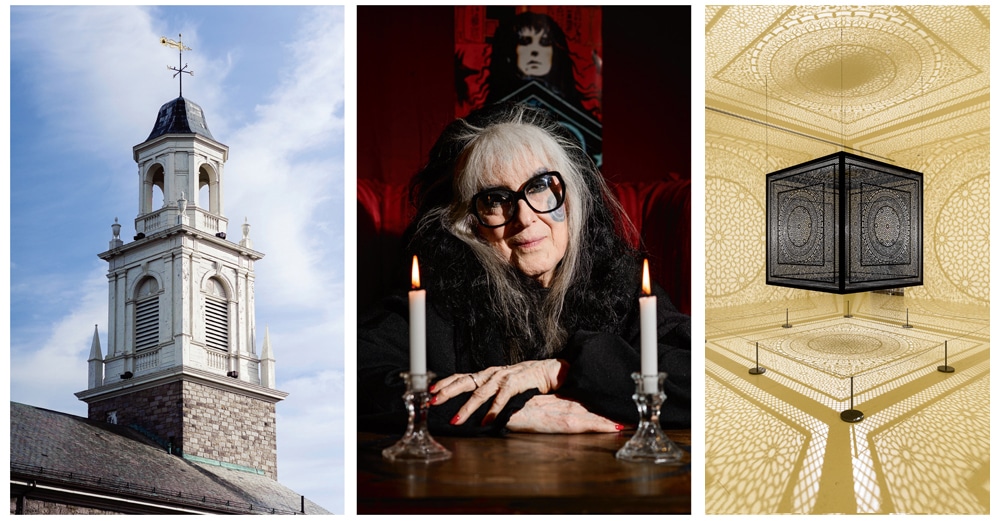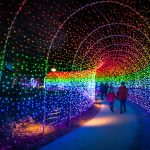Salem, Massachusetts | Could You Live Here?
Maritime history and witchy lore exist side by side in Salem, Massachusetts, one of the most idiosyncratic towns in the country.

Coffee By Design | Portland, Maine
Photo Credit : Katherine Keenan
Photo Credit : Mark Fleming
It’s eight weeks till Halloween, and Salem is bracing itself. “Last year we had 100,000 visitors,” says one local shopkeeper, with practiced equanimity. “They came by train, boat, bus, car, you name it—it’s like Times Square here. The restaurants ran out of food.”
A stroll down Essex Street in the heart of historic Salem gives us a brief glimpse of what’s in store. If you had a broomstick for every tarot reader, psychic, haunted tour, and magic shop on this pedestrian-friendly street, you could start multiple Quidditch teams. Black attire seems more popular here than in Manhattan, with shredded tights a trendy accessory. There’s a “help wanted” sign for a psychic. We hear about possibly haunted tunnels under the street. It’s intriguing, entertaining, and a little overwhelming: Harry Potter meets the Witches of Eastwick.
And then, a mere block away, presto: Chestnut Street, a magnificent avenue of Federal-style mansions and a graceful tunnel of trees. A testament to Salem’s seafaring heyday in the 1700s, when this was the wealthiest town in America—complete with arguably the nation’s first millionaire, shipping merchant Elias Derby—it has been called the most beautiful street in the country. Money buys shade, too.
But down by the waterfront, it’s an altogether different Salem. Maritime history breathes through the alleyways, tickles the sails of the replica tall ship Friendship of Salem. Men in shorts (national park rangers) tour you through park-owned buildings for free—pointing out, for instance, the Custom House desk where Nathaniel Hawthorne labored, hating his job, but later writing the place into his 1850 classic, The Scarlet Letter. (“I like to call him our first disgruntled federal employee,” jokes our guide.) A year later Hawthorne published The House of the Seven Gables, and if you walk a little farther down Derby Street, you can explore this creaky 17th-century gem, with its hidden staircase. It’ll make you want to pick up the books again.
Another sliver of Salem’s multifarious “lot,” so to speak, traces directly back to 1692 and the Salem witch trials, when 20 innocent men and women were executed. But it wasn’t until 1970, when the hit TV show Bewitched filmed eight episodes here, that Salem began to assume its current identity, becoming, for better or (some residents would say) for worse, a year-round Halloween magnet, with hundreds of self-proclaimed witches in residence. Most places are many things, often subtle, but Salem’s more like your Auntie Mame: handsome, full of contradictions, wildly eccentric, somewhat unpredictable. “Abwa-cadabwa!” yells a small boy, swooping up a stick from the sun-speckled cobblestones in Derby Square, waving it fiercely at his father. Caught up in a moment of modern-day magic.

Photo Credit : Mark Fleming
The Setting
Carved into Massachusetts Bay, Salem Harbor sits 15 miles north of Boston, with Derby Wharf jutting half a mile into the water and the Friendship of Salem docked at its side, conjuring a time when Salem had 50 wharves at which to unload its riches. Wealth poured in like water, leaving Salem awash in grand 17th- and 18th-century homes. Samuel McIntire–designed beauties dot the historic center, alongside echoes of the 1600s that drift out of the past, including the Witch House, the onetime home of witch trials interrogator Judge Jonathan Corwin. The elegance culminates on Chestnut Street, which photographer-writer Samuel Chamberlain called “the finest, best preserved, and most aristocratic thoroughfare in America.”
The Social Scene
In 1799, Salem’s sea captains pooled their curios to start what would become the Peabody Essex Museum (PEM), one of America’s top 20 art museums and among the oldest in the country. PEM members get first crack at special events, but concerts and films are open to all. Plunge into the city’s past deeply enough, and you, too, might be tempted to create a walking tour. You wouldn’t be the first. There are dozens — from outfits with names such as Bewitched After Dark and Hocus Pocus — collectively representing a riveting way to master the city’s layout. Traipsing by lantern light on the “History and Hauntings of Salem” tour from Witch City Walking Tours, we learn about Salem’s most famous modern witch, Laurie Cabot; the origins of Wicca; and a few spine-tingling details about a hotel party where “extras” showed up in photos and a guest was lifted off the ground by unseen forces. The only things missing are a campfire and s’mores.

Photo Credit : Carl Tremblay
Eating Out
Warm brick, a boho ambience, craft beers, and live music make Gulu-Gulu Café, tucked behind the Bewitched statue (dedicated in 2005), a downtown hot spot. For seafood, Finz augments its raw bar with buffalo calamari and a killer sesame seared tuna. A warm fall evening spent sitting outside at the Adriatic Restaurant & Bar, tackling an arugula pizza and local cod, feels like a balmy night under the stars on the, hmm, Adriatic. And if you’re lucky enough to find it open, check out Back Alley Bacon, self-described as “pork-centric street food for those in the know.”
Shopping
Hoping to conjure the perfect crystal ball? You’ll find dozens on Essex Street—along with wands, runes, and books of spells, but also serious Wiccan tools of the trade and shopkeepers steeped in the art of “benevolent witchcraft.” Museum gift shops carry the unusual, too: handmade lace from the House of the Seven Gables, witch hats from the Salem Witch Museum, “Chat Noir” knee socks from PEM. Ye Olde Pepper Candy Companie, the oldest candy company in America, has been in business here since 1806, and Wicked Good Books dispenses advice (“Make America Read Again”) alongside wicked-good reads.

Photo Credit : Mark Fleming
Real Estate
With Salem’s profusion of grand old buildings, condo is the way to go. At the time of our visit, a one-bedroom, one-bath in an 1850 building close to Pickering Wharf listed at $269,900. A 1,530-square-foot antique townhouse condo near the Salem Common, with three bedrooms, wide pine flooring, original bread oven, and exposed brick, went for $314,900. On the Salem-Marblehead line, a two-bedroom condo with water views, granite countertops, and a large private porch listed at $289,000.

Photo Credit : Mark Fleming
Resident Perks
Trick or treat aside, Salem’s 42,000 residents live in an architecturally rich city with one of the great museums in the country. They enjoy a historic waterfront, and they can beat the traffic to and from Boston on the Nathaniel Bowditch, a seasonal ferry that sprints from Boston Harbor in less than an hour. And if they want to get in touch with their inner magic, they probably have a better chance here than anywhere else.
Getting Your Bearings
Voted the best U.S. city-center historic hotel by Historic Hotels of America, the Hawthorne Hotel—a just-right blend of elegance and ease sitting like a dowager on a corner of Salem Common—feels as though it hosted Walter Cronkite, Bette Davis, and Jennifer Lawrence (filming Joy there) without batting an eye; plus, its annual Halloween party is legendary. A few blocks away on Washington Street, the Merchant, newly refurbished, offers a boutique hotel experience and a room where George Washington slept.
This feature originally appeared in the July/August 2017 issue of Yankee.







Beautiful. Easily yes, I could live here..
You really need to mention Salem State University. That’s a big plus for the city.
I love Salem. My sister live there.
Like every other place to live, Salem has gone through several different “lives” over the years. When my parents were young, Salem had a huge French-Canadian population. Individuals and whole families would emigrate from all over the Province of Quebec to settle in Salem. The French culture included churches and schools that were bi-lingual; and many social organizations as well. In the lifetimes of my parents and I, we saw this society rise and fall, like the Roman Catholic church my uncle built, St. Joseph’s on Lafayette Street (now the 135 Lafayette apartments). My understanding is the French are mostly gone from Salem now, replaced by a Portuguese community. So the cycle of life goes on.